Vicenza is another beautiful Italian city. The history and architecture are undoubtedly surprising – go on a walking tour around the city and take a closer look at the majestic buildings. This Renaissance city is a point on the travel map of Italian travelers who love history. Well located, near Venice, it is a concentration of some of the greatest works of the Renaissance period. It is also the city of one special man whom every architecture lover knows – Andrea Palladio – a man who is the personification of his works.
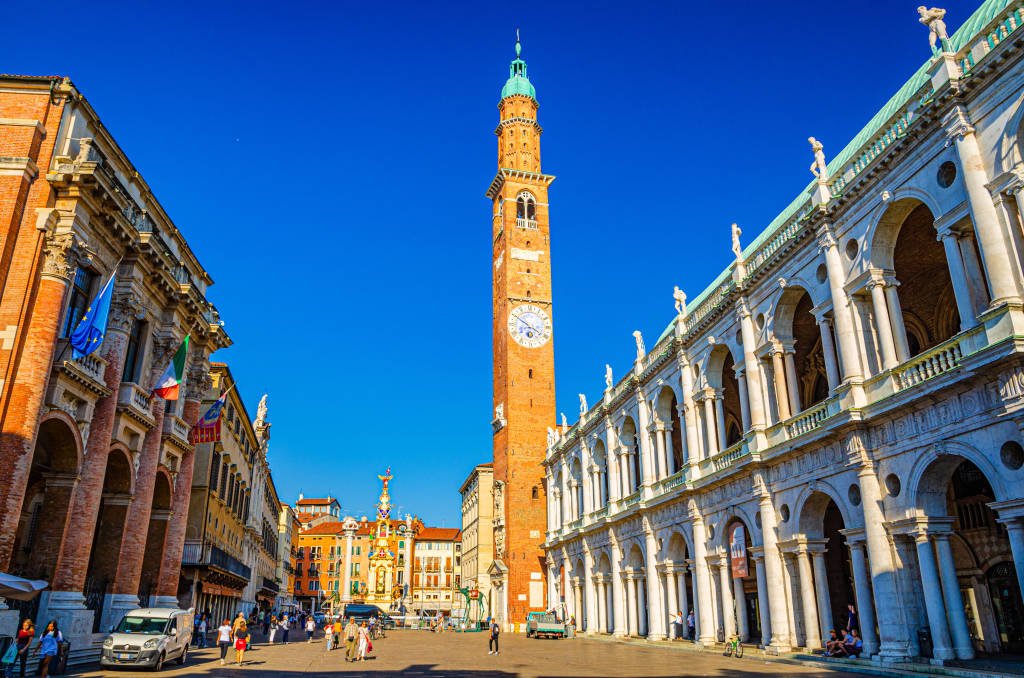
Vicenza is a city and comune in northeastern Italy, in the Veneto region, in the province of Vicenza. It is situated at the foot of the Venetian Alps, on the Bacchiglione River in the Brenta basin, approximately 60 km west of Venice and approximately 200 km east of Milan.
Basilica Palladiana
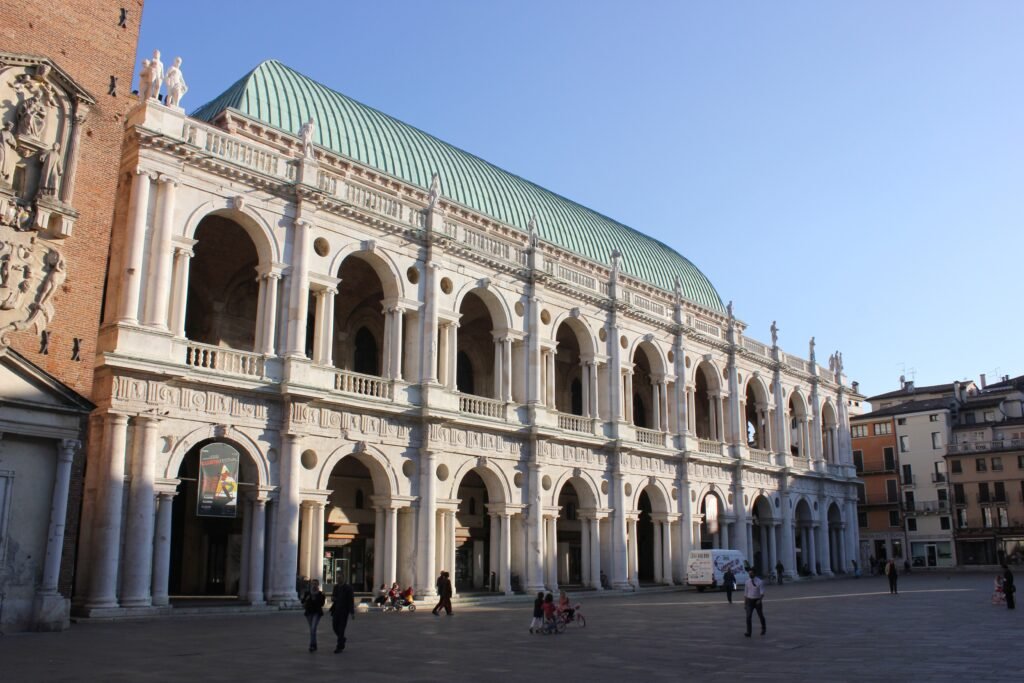
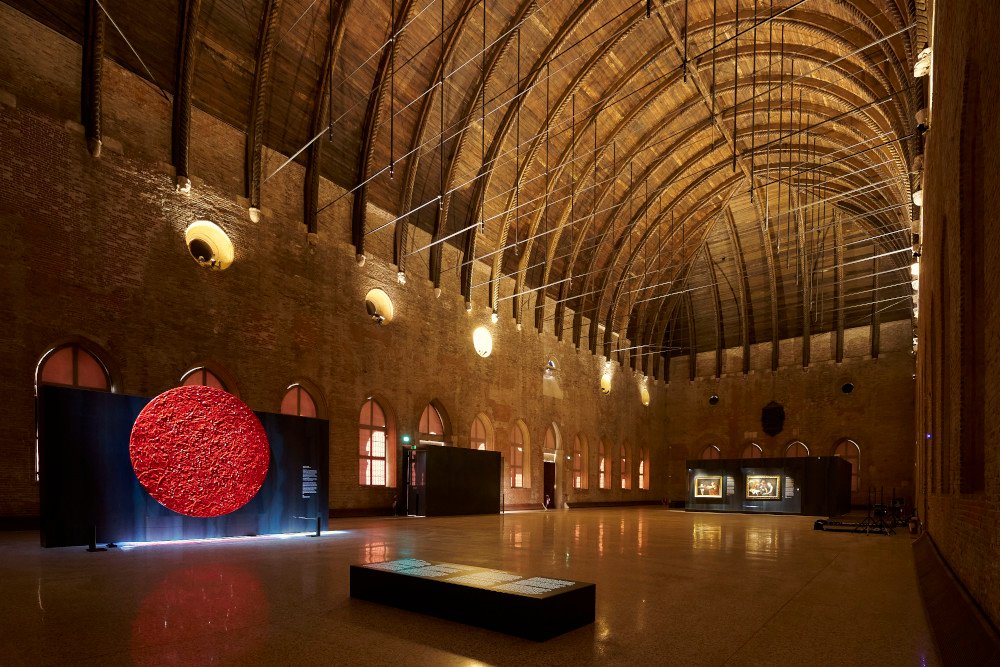
The Basilica Palladiana is a symbolic building of Vicenza. It is well-known for the loggia on orders of serlians, designed by the great architect Andrea Palladio, which surrounds the medieval Palazzo della Ragione, and became heritage of Unesco in 1994.
Between 2007 and 2012, the Basilica was restored thanks to the essential contribution of the Fondazione Cassa di Risparmio of Verona Vicenza Belluno and Ancona. It has been reopened on October 5th 2012, in conjunction with the great exhibit “Raffaello verso Picasso. Storie di sguardi, volti e figure”.
Olympic Theater
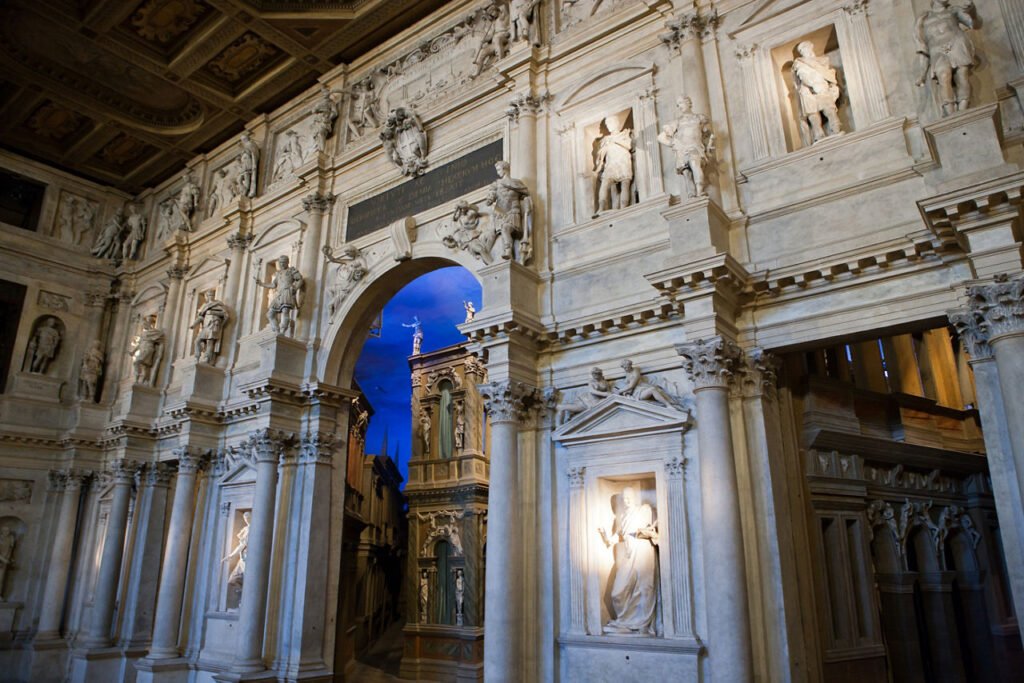
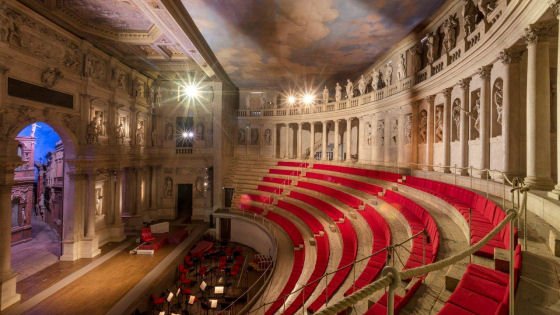
Teatro Olimpico – Olympic Theatre is one of Vicenza’s artistic wonders and a UNESCO World Heritage Site. This theatre is the absolute climax of the creativity of one of the greatest Italian architects, Andrea Palladio, who was openly inspired by the Roman theatres described by Vitruvius. Commissioned in 1580 by the Olympic Academy, Palladio began planning it in the same year, but never saw it complete as he unexpectedly died.
Chiericati Palace
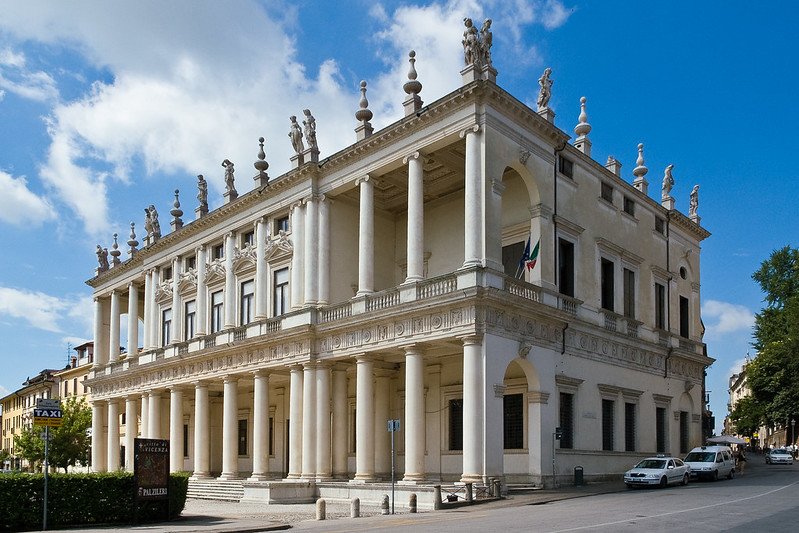
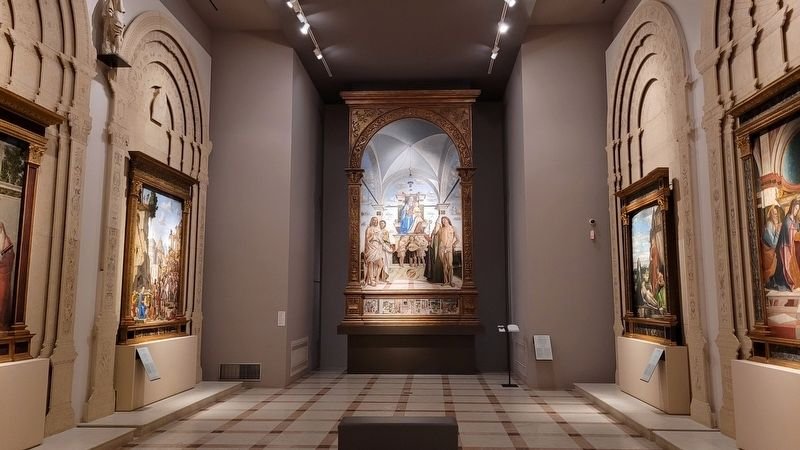
Palazzo Chiericati is a building of the early maturity of Andrea Palladio. Designed in the mid-sixteenth century by the noble family of Chiericati and completed at the end of the seventeenth century, the palace is a milestone in the career of architect Palladio.
Palace of the Captain
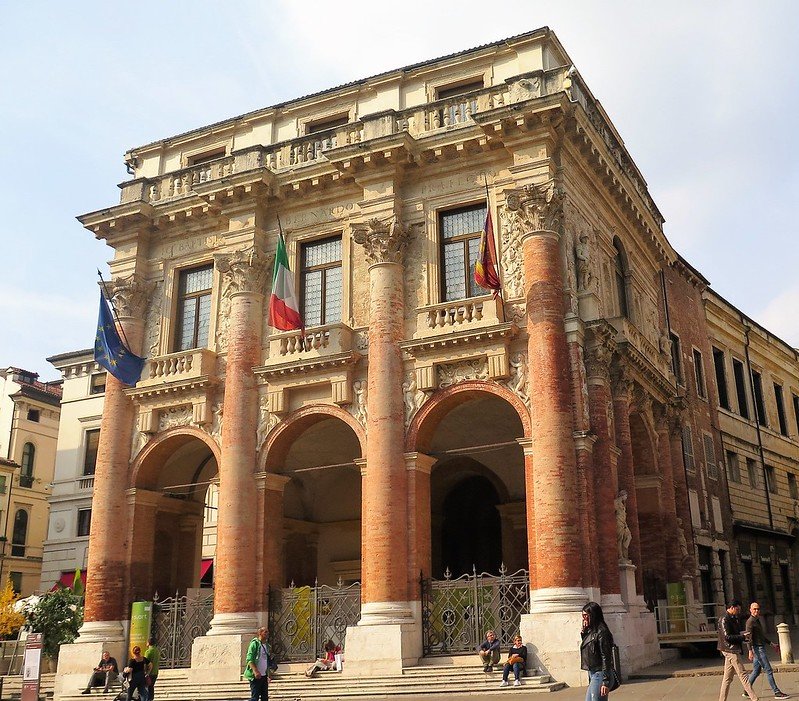
The Palazzo del Capitaniato – Palace of the Captain, also known as loggia of the Captain or loggia Bernarda , is a palace of Andrea Palladio overlooking the central Piazza dei Signori in Vicenza , in front of the Palladian Basilica , currently the seat of the city council of the city. It was decorated by Lorenzo Rubini , and within the paintings are of Giovanni Antonio Fasolo. The building was designed in 1565 and built from 1571 to 1572.
Valmarana Villa To The Dwarfs Vicenza
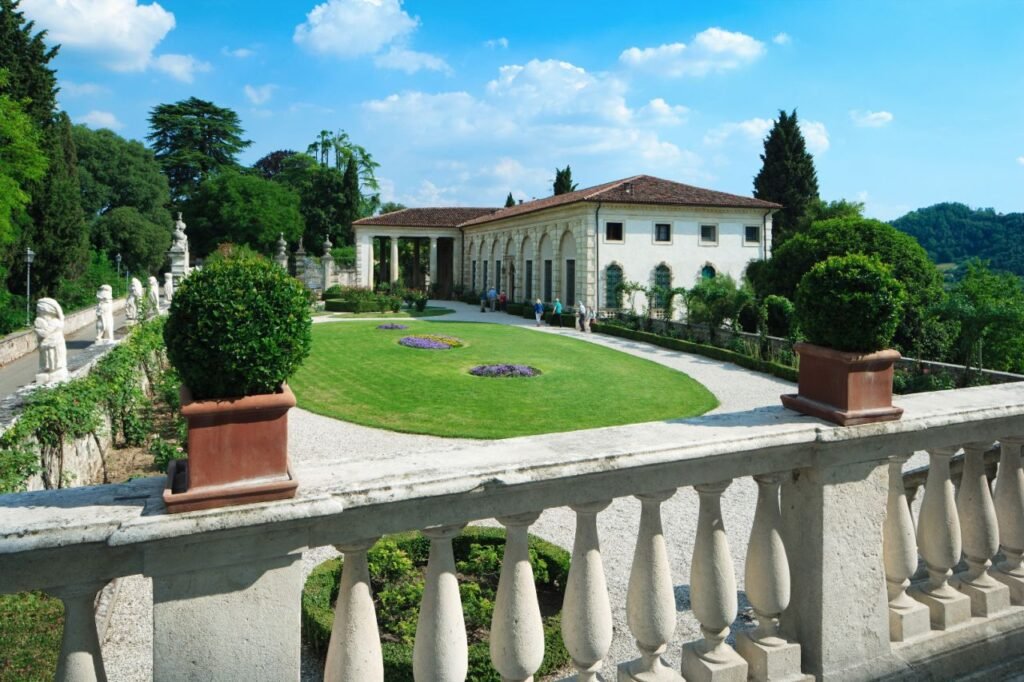
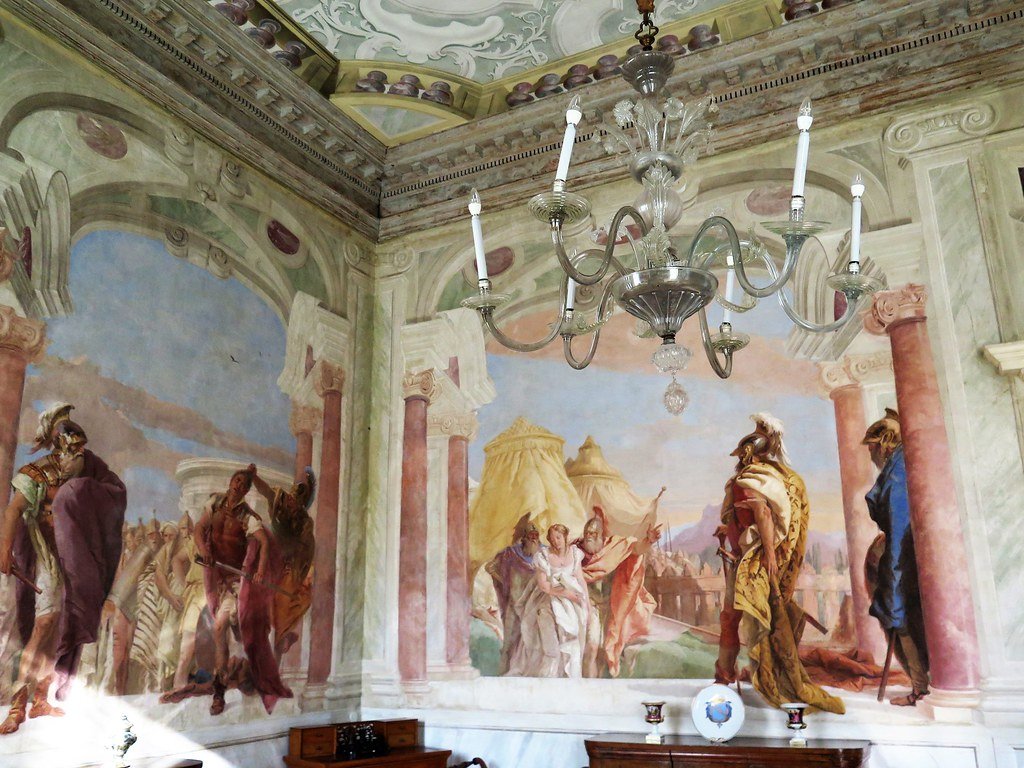
Villa Valmarana ai Nani in Vicenza is a beautiful Venetian style villa. Located on the slopes of a hill, it is only 5 minutes by car from the city center. The main building (Palazzetto) was built around 1670. Later a barchessa (barn), a guesthouse and other annexes were added. The Valmaranas acquired it in 1720. So, the name Valmarana refers to the noble family who owns the villa and they still live inside the villa. While the nickname ai Nani, meaning at the Dwarves, relates to the 17 sculptures of dwarves, once scattered inside the park and now adorning the boundary walls.
Villa Rotonda
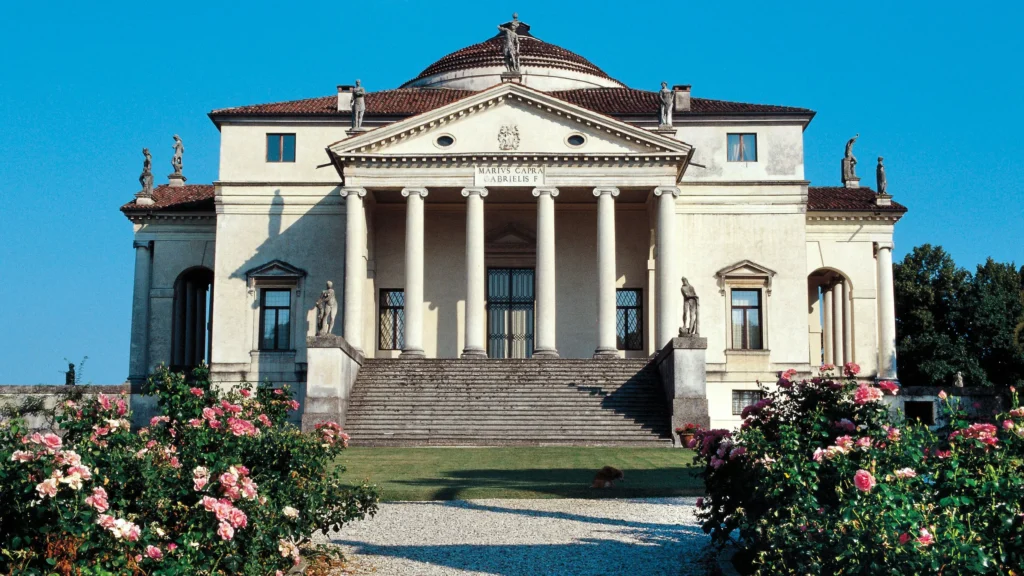
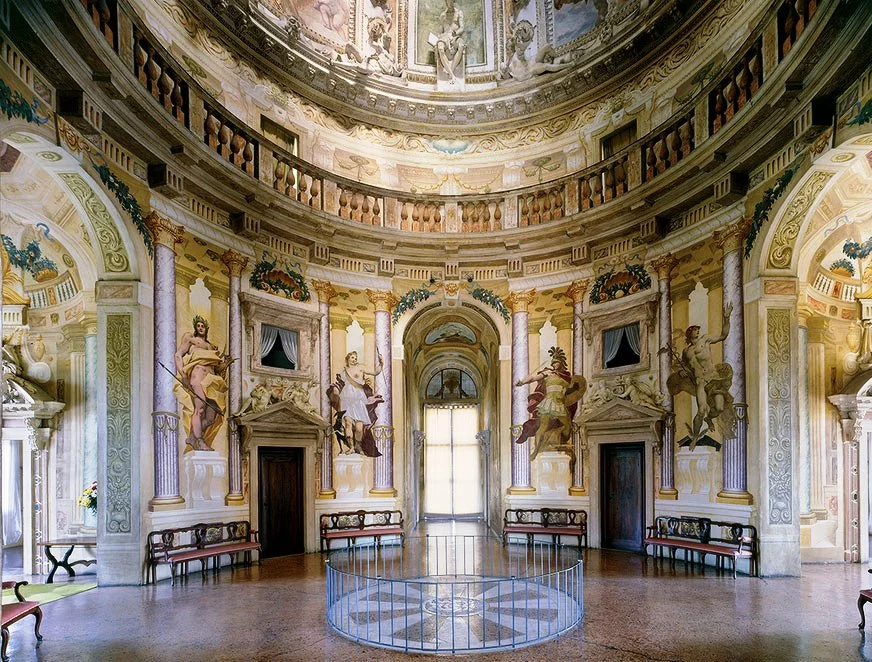
The villa is characterized by a symmetrical, central structure with a dome and four porticos with columns, Villa “La Rotonda” is a model of harmony and proportion. Palladio was inspired by classic ancient buildings, and the effect of his work attracts architecture lovers from all over the world.
Ponte Vecchio (Ponte degli Alpini)
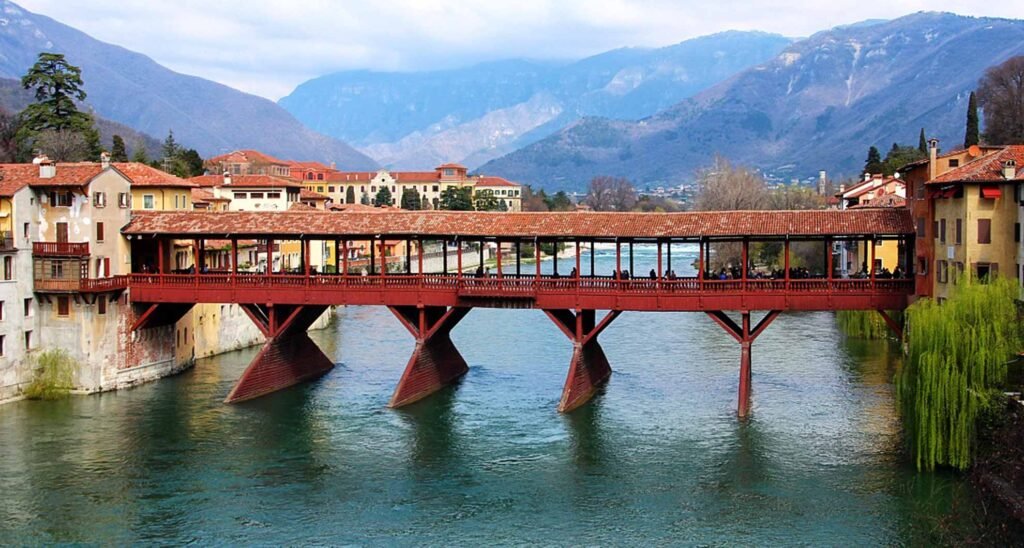
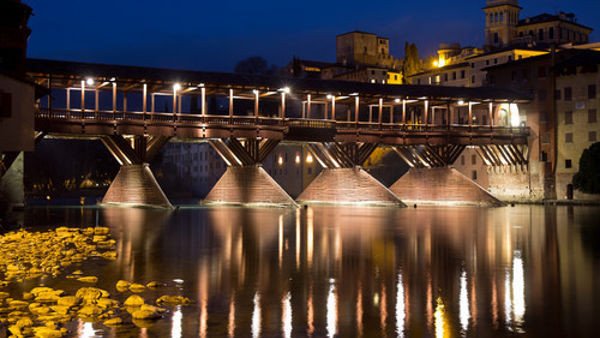
Ponte degli Alpini (Alpini Bridge), also known as Ponte Vecchio (Old Bridge), is a bridge over the Brenta River. The first wooden bridge on this site was built in 1209, but was destroyed during the flood of 1567. The reconstruction of the bridge began immediately, and one of the most famous architects of the time, Andrea Palladio, personally designed the new span in a way that closely resembled the old, but with design improvements. The new wooden bridge was completed in 1569. Today, the Ponte degli Alpini retains its 16th-century appearance, designed by Andrea Palladio, and is a rare surviving example of a covered wooden pontoon bridge. Take a romantic walk across the bridge or admire the beautiful views of the city with friends.

Civic Museum of Bassano

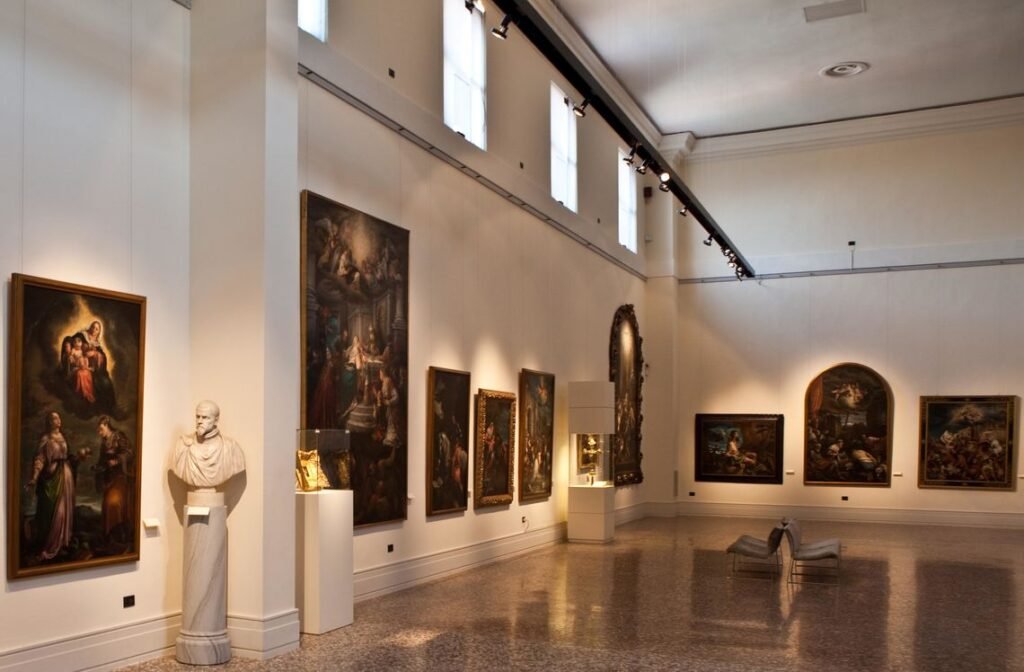
The archaeological section of the Civic Museum of Bassano del Grappa is situated in the former Monastery of San Francis, erected in the late 13th century/early 14th century together with its church. Besides a wide collection of Greek and Apulian pottery donated by Prof. Virgilio Chini, the Museum displays important Roman and pre-Roman archaeological findings that can be related to local populations. The museum also houses a naturalistic section, a rich picture gallery, a collection of Canovian documents and a valuable lapidary.
